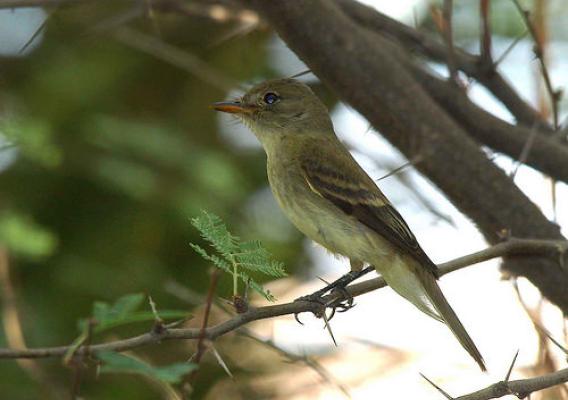The Census of Agriculture is the most complete account of U.S. farms and ranches and the people who operate them. Every Thursday USDA’s National Agricultural Statistics Service will highlight new Census data and the power of the information to shape the future of American agriculture.
The Kansas state seal and state flag both feature a farmer, and looking at the results of the most recent Census of Agriculture, it is not hard to see why. In 2012, the year for which the Census was conducted, there were almost 62,000 farms covering more than 46 million acres of land in Kansas. That year Kansas producers sold close to $18.5 billion worth of agricultural products.
Crops have long been a symbol of Kansas farming. According to the Census, in 2012 Kansans produced almost 360 million bushels of winter wheat from more than 9 million harvested acres. More than 20 percent of all winter wheat in the U.S. that year came from Kansas – more than double both the acreage and production of Oklahoma which was the second-largest winter wheat producer in the nation.










